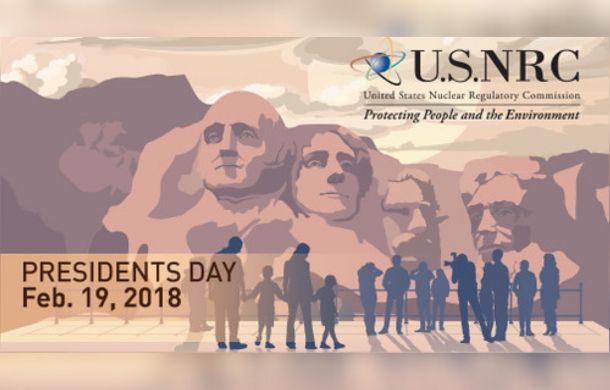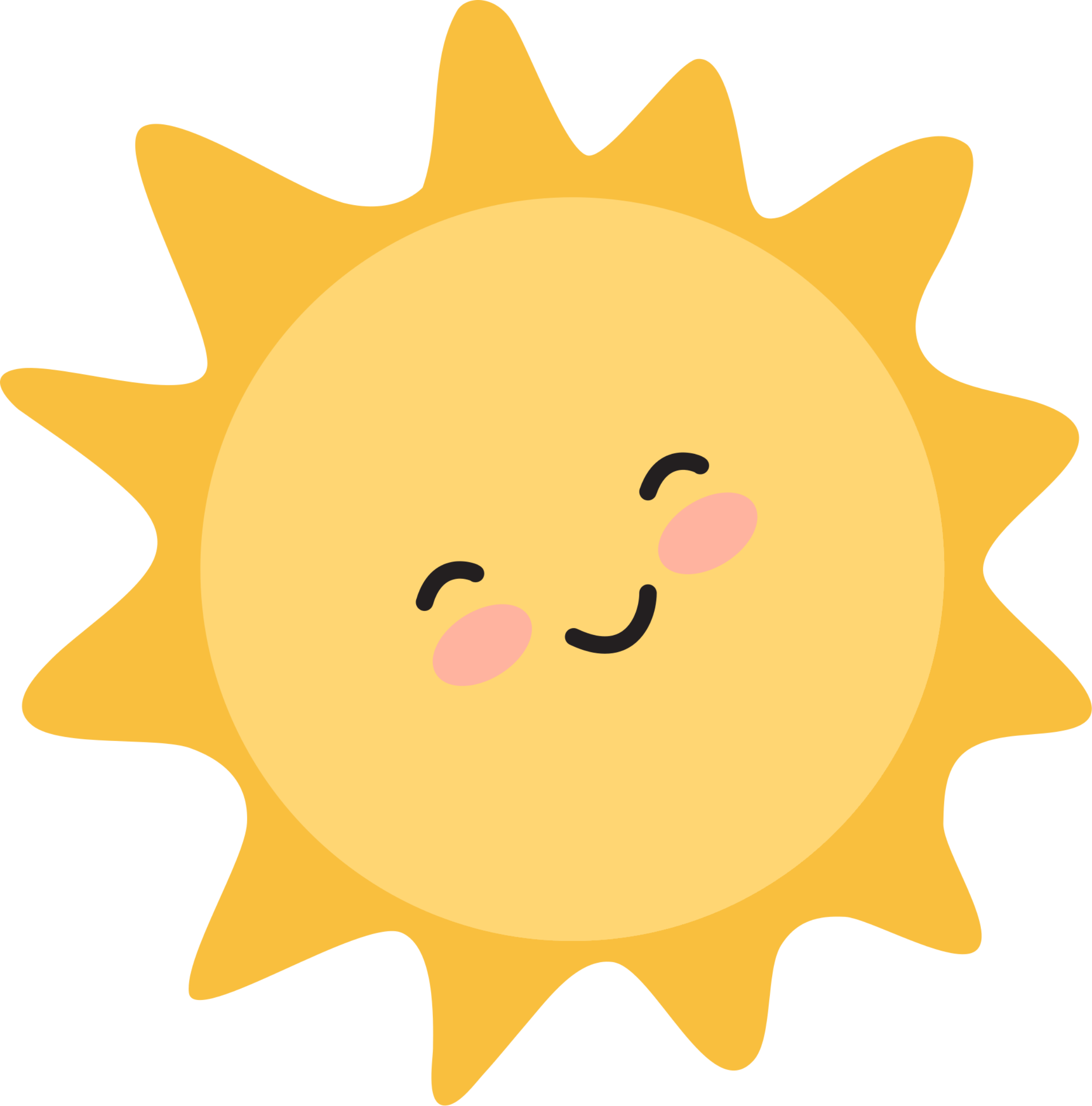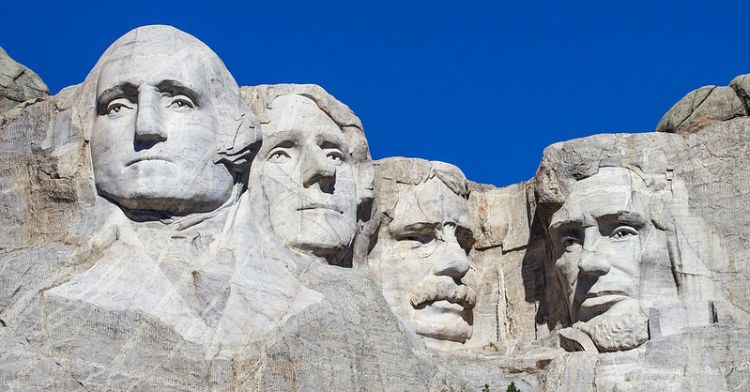Four previous presidents share the month of February as their birth month: Ronald Reagan (Feb 6), William Henry Harrison (Feb 9), Abraham Lincoln (Feb 12), and George Washington (Feb 22). The federal holiday is most commonly known as “Presidents’ Day.” But Presidents’ Day history isn’t so simple.
Celebrations began in 1800 in some areas after the death of George Washington in 1799. The unofficial holiday was “Washington’s Birthday.” It did not become an official holiday until 1885. At that stage, the holiday fell on the 22nd of February to coincide with the actual date. That changed in 1971 with the adoption of the Monday Holiday Act. The act moved several federal holidays to the nearest Monday to allow government employees five three-day weekends yearly.
With the Monday holiday shift, the idea to call the holiday “Presidents’ Day” was not adopted. In fact, the name of the holiday is still “Washington’s Birthday” on federal registries. The term “Presidents’ Day” is the common name. It has more recently become the accepted celebration of all past presidential birthdays.

Modern Presidents’ Day Facts Include Holiday Sales
Without acknowledging the day’s commercialization, no discussion of Presidents’ Day would be complete. The Nuclear Regulatory Commission (NRC) even used the holiday in promotional materials. Some municipalities have small local celebrations. These might include speeches by local dignitaries, ceremonies, and political speeches. Retailers have not left the day behind either.
Typically sandwiched between Valentine’s Day and Easter, many retail establishments offer Presidents’ Day sales. Sales include many big-ticket items, home furnishings, and, of course, flags and patriotic memorabilia. Some of the more notable sales for 2024 are in the image below.

Banks and government offices close, as well as some public libraries. Many school districts have incorporated President’s Day into their schedule as a mid-winter break. Students typically get Friday and the Monday holiday off from classes. This allows students a long weekend between Winter Break (over the Christmas and New Year holiday period) and Spring Break (centered around the Easter holiday period).
Although we don’t celebrate Christian holidays in our public schools, the schedule does tend to revolve around them. Many families use that time to travel and visit one another, and student absence would be high. The school schedule is a logistical choice for many districts to avoid the potential for low attendance.
No matter how you celebrate Presidents’ Day, learning some of the history and facts behind the day can be enlightening. We hope you enjoyed learning about Presidents’ Day history Washington’s Birthday. Share this if you find it interesting.
You can find the source of this story’s featured image here.
Want to be happier in just 5 minutes a day? Sign up for Morning Smile and join over 455,000+ people who start each day with good news.



